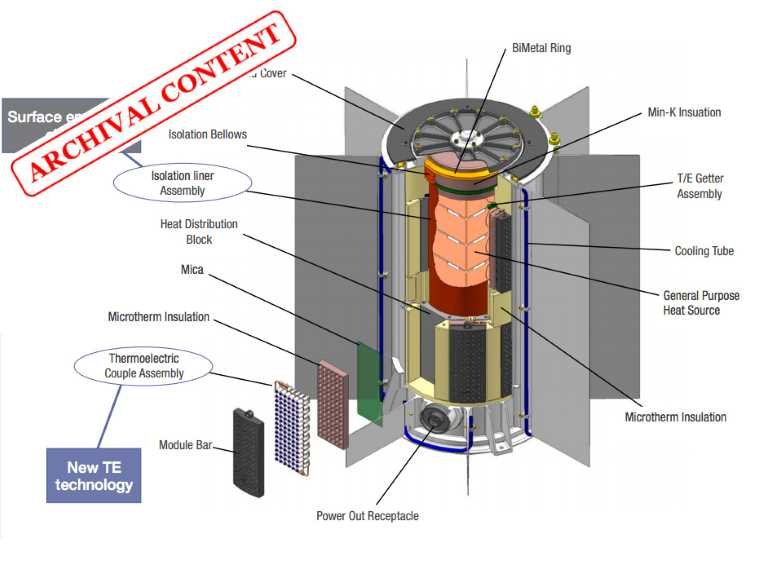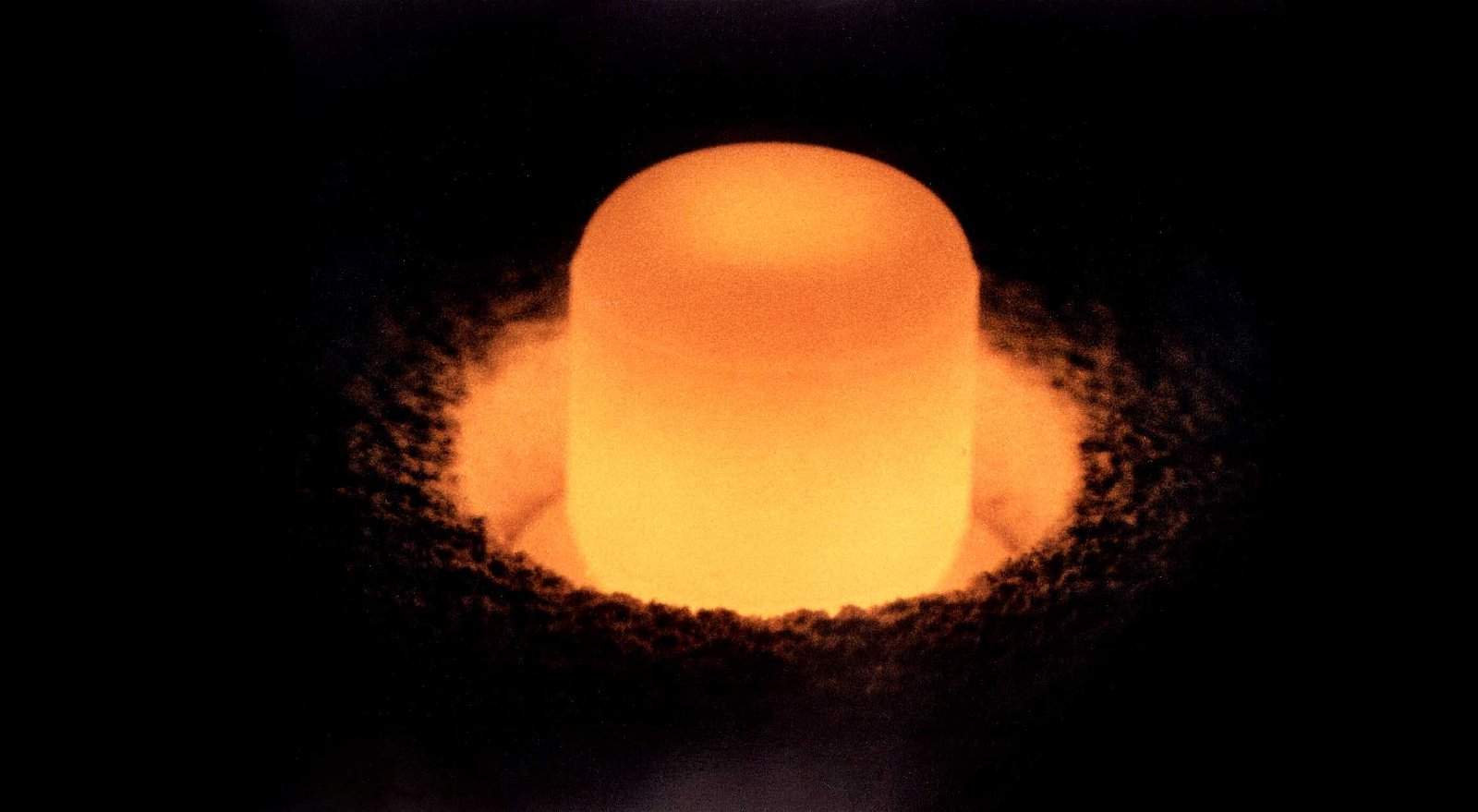After receiving a shipment of plutonium-238 from the Department of Energy (DOE), NASA has announced they are moving forward with plans to build radioisotope-powered spacecraft fueled by the radioactive material.
The DOE resumed production of plutonium-238 for space missions a decade ago. However, this latest shipment of 0.5 kilograms (about a pound) of the radioactive material is heralded by the space agency as a “significant milestone” toward their goal of producing three times that amount each year by 2026.
Plutonium-238 Radioisotope Thermoelectric Generators Will Open Up Deep Space Exploration
In the movie The Martian, fictitious astronaut and erstwhile “space pirate” Mark Watney uses a Radioisotope Thermal Generator (RTG) to keep himself warm during his thousand-kilometer-plus trek across the Martian surface. While the movie and the book it is based on are science fiction, RTGs have been in development for decades.
The primary benefit of an RTG, or similar technology like the Light Weight Radioisotope Heater Unit (LWRHU) developed by NASA, is the heat energy they generate due to the radioactive decay of the isotope tucked inside various layers of radioactive shielding. That heat can be used to keep critical computers and other components warm in the cold confines of outer space or even keep Matt Damon’s character warm while he endures hours of disco music.


More sophisticated systems like the space agency’s Multi-Mission Radioisotope Thermoelectric Generator (MMRTG) use the decay of plutonium-238 to generate both heat and electricity. That combination is particularly promising for deep space missions, where solar panels face diminishing returns the farther they get from the sun, and conventional power systems ultimately run out of fuel.
In contrast, NASA notes in their press announcement that nuclear-powered systems like the MMRTG don’t face this problem and will “enable exploration of some of the deepest, darkest, and most distant destinations in the solar system and beyond.”
For example, the MMRTG on Perseverance not only keeps the rover warm on the red planet’s surface, where temperatures can drop well below freezing, but it also generates a constant flow of 110 watts of electricity. This ready supply of heat and energy has allowed the rover to make numerous significant discoveries while also stashing away tantalizing soil samples that may one day provide answers about possible ancient life on Mars.
“NASA’s Radioisotope Power Systems Program works in partnership with the Department of Energy to enable missions to operate in some of the most extreme environments in our solar system and interstellar space,” said Carl Sandifer, RPS program manager at NASA’s Glenn Research Center in Cleveland.
Six Decades and Counting for Radioisotope-based Power Systems in Space
Following the receipt of this latest shipment of plutonium-238 by the Los Alamos National Laboratory, the space agency says they developing a host of future missions aimed at using the power of nuclear decay to explore deep into the solar system and beyond. They also note that the last six decades have shown their proficiency in using such systems and highlight their confidence that the tradition of using RTGs for space missions in a safe and effective way is ready to take the next brave step into the future.
“For over sixty years, the United States has employed radioisotope-based electrical power systems and heater units in space,” they announced. “Three dozen missions have explored space for decades using the reliable electricity and heat provided by RPS. NASA and DOE are continuing their long-standing partnership to ensure the nation can enable future missions requiring radioisotopes for decades to come.”
Christopher Plain is a Science Fiction and Fantasy novelist and Head Science Writer at The Debrief. Follow and connect with him on X, learn about his books at plainfiction.com, or email him directly at christopher@thedebrief.org.

